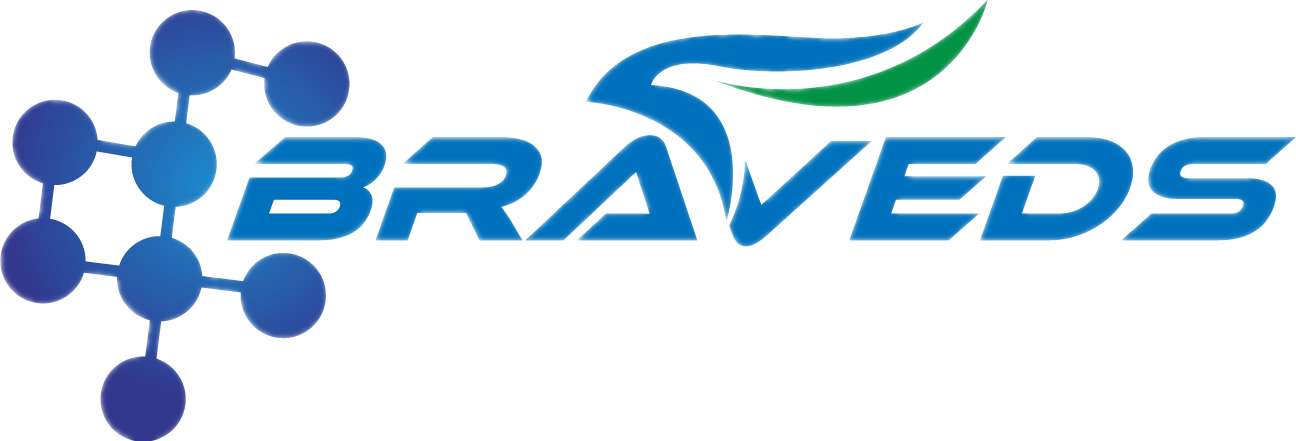S6 surfactant/AOS,Sodium alpha-olefin Sulfonate
AOS (Sodium alpha-olefin Sulfonate, sodium alpha-olefin sulfonate) is an anionic surfactant, which is prepared by the sulfonation and neutralization of C14-16 olefin Sulfonate, and has strong deterability, excellent wettability, high foam stability and environmental friendliness (biodegradation rate >90%). Its mild chemical properties (low skin irritation) and enzyme compatibility make it suitable for sample pretreatment, stabilization of colloidal particles and optimization of reaction interfaces in vitro diagnostic reagents.
Action mechanism
Strong decontamination and wettability: Highly efficient lysis of cell membranes or lipid/protein complexes to release target analytes (e.g. whole blood/tissue sample pretreatment).
Enzyme compatibility: compatible with protease, nuclease, etc., suitable for enzyme-containing reaction systems (such as PCR cracking solution, chemiluminescent washing solution).
Foam stability: The homogenization reaction is assisted by stabilizing the foam structure (the concentration needs to be controlled to avoid interference with optical detection).
Biodegradability: environmentally friendly, in line with the trend of green chemistry, reducing the pressure of reagent waste liquid treatment.
Compatibility: Mixed with anionic/non-ionic surfactants (such as Tween 20) and chelating agents (EDTA), suitable for complex reagent systems.
Application scenario
Whole blood/tissue lysate: added to lysate buffer, quickly dissolve cell membrane, release nucleic acid or antigen (such as PCR, ELISA sample preparation).
Latex particle stabilizer: Pre-mixed in a latex microsphere suspension to prevent particle aggregation by electrostatic exclusion (e.g., immunoturbidimetry).
Wash/seal solution: Used in ELISA or chemiluminescent lotions to gently remove unbound substances and reduce background interference.
Hydrophobic target solubilization: solubilizing fat-soluble molecules (such as cholesterol, membrane protein), final concentration of 0.1-0.3%, improve detection sensitivity (such as lipid detection reagents).
Microfluidic chip cleaner: Prepare a low-concentration solution to remove protein residue in the microchannel and ensure fluid uniformity.
General use range: 0.01%-1.0% (0.05%-0.3% commonly used in diagnostic reagents).
Matters needing attention
Concentration control: Excessive use (>0.5%) may destroy protein structure due to strong decontamination or cause foam to interfere with optical detection.
Compatibility test: Avoid direct mixing with cationic surfactants (such as CTAB) or high concentration salts (such as ammonium sulfate), which may precipitate.
When used in combination with enzymes, the activity retention rate should be verified (such as the final concentration ≤0.2%).
Q&A
Detection background increased; It may be that the AOS concentration is too high or insufficient washing; It is recommended to reduce to 0.05%-0.1% and increase the number of washing.
Agglomeration of latex particles; It may react with cationic components; It is recommended to replace it with a neutral/anionic buffer system (such as Tris-HCl).
Foam interferes with optical signals; May be too high concentration or too intense mixing; It is recommended to reduce the concentration to less than 0.1% or to add an Antifoam (such as Antifoam A).
Enzyme activity decreased; It may be that surfactant interferes with enzyme structure. It is recommended to reduce the concentration to less than 0.05% or replace it with Brij 35.
Note: The strong decontamination and environmental friendliness of AOS make it a suitable diagnostic ingredient for both performance and sustainability, but the formulation needs to be optimized through pre-experiments (e.g. protein activity testing, colloidal stability analysis). If you need higher cleaning power, you can mix SDS (0.01%-0.05%); For lower foam, the Pluronic F-68 or Surfynol 465 is preferred.
| SKU | UNIT | PRICE (USD) | QTY |
|---|---|---|---|
| BLDS06 | 50g | 30 | |
| BLDS06 | 500g | 186 |




